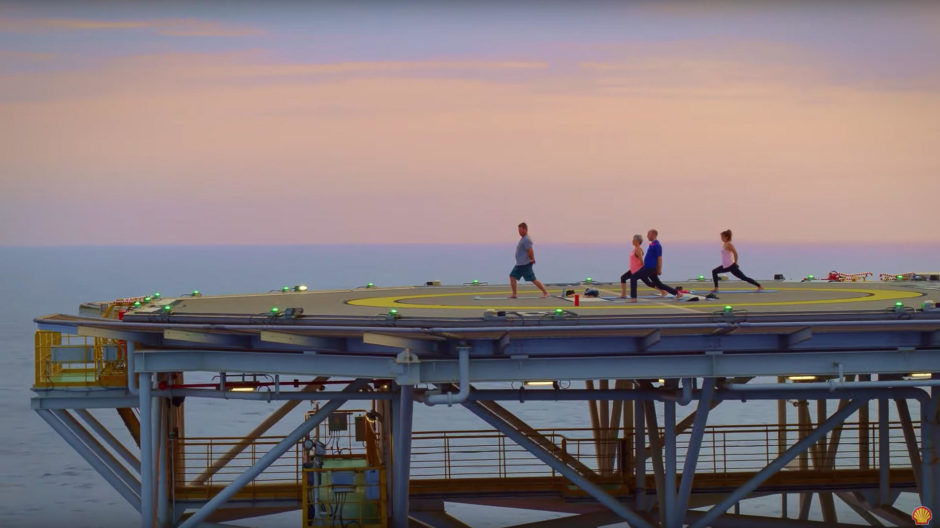
Australian LNG exports will rise to 81 million tonnes in 2019-20, according to the country’s new Resources and Energy Quarterly (REQ), although the value of these will decline.
Export volumes in 2018-19 reached 75mn tonnes and the increase will come from the last two projects ramping up, at Prelude LNG and Ichthys LNG. Exports will remain at 81mn tonnes in 2020-21. The country has nameplate capacity of 88mn tonnes. Qatar produced 76mn tonnes in 2018 and are expected to stay at that level until 2021.
Values will decline from A$50bn ($34.5bn) in 2018-19 to A$49 billion ($33.8bn) in 2019-20, though, and continue downwards to A$46bn (31.7bn) in 2020-21. This decline will be driven by a fall in oil-linked contract prices, the REQ said. Most of Australia’s LNG exports are sold on an oil-linked basis. During 2017-18, Australian LNG exports were valued at A$31bn ($21.4bn).
The majority of Australia’s LNG goes to Japan, at 43%, while China receives 35% and South Korea 11%.
The LNG market has reached the long-expected point of over capacity, the report said. New output is starting up in the US, Australia and Russia, while Chinese demand has slowed.
While spot gas prices have fallen, most deliveries in Asia continue to be made under oil-linked contracts, with the REQ saying the indicative price was estimated to be $10.5 per mmBtu. In contrast, gas arriving in Japan on a spot basis were judged by the authorities to be priced at $5.5 per mmBtu.
This disparity has seen consumers cut imports where agreements allow, while also pushing for price renegotiations and shorter contract periods.
Spot prices will increase from 2021, the REQ said, as supply growth slows, reaching $7.1 per mmBtu that year. Australian prices are expected to decline from $9.7 per mmBtu in 2018-19 to $8.1 per mmBtu in 2020-21.
“Australia is expected to marginally edge past Qatar as the world’s largest LNG exporter in 2019”, the REQ said, but with both countries overtaken by the US in the mid-2020s. Qatar will then retake the title in the late 2020s. Australian production will decline slightly towards the end of 2021 as a result of field declines supplying Darwin LNG.
